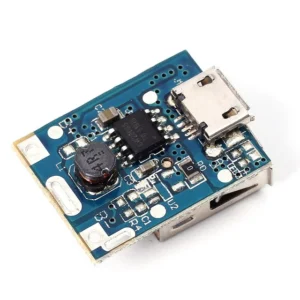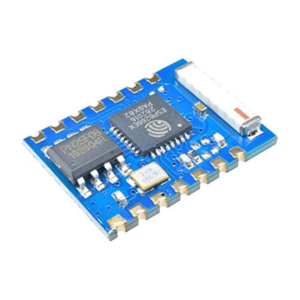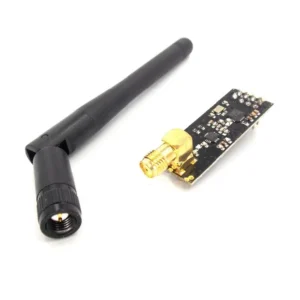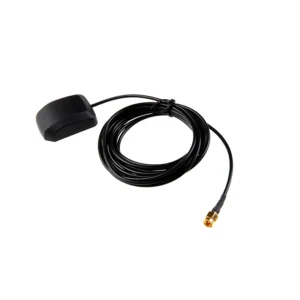Description
This M177 NRF24L01 wireless transceiver module designed to operate in 2.400 – 2.4835GHz. Worldwide ISM frequency band. It supports GFSK modulation for data transmission up to 2Mbit. It features peak RX/TX currents lower than 14mA, a sub μA power-down mode, advanced power management. This is an ideal solution for wireless control at a range of 40 to 100m capable of up to 2Mbit communication. The NRF24L01 based on a single-chip 2.4GHz transceiver with an embedded baseband protocol designed for ultra low power wireless applications. This engine specifically for ultra-low-power wireless applications has an onboard 2.4GHz antenna. NRF24L01+ transceiver module operates at a voltage of 1.9 to 3.6V. As the logic pins are 5-volt tolerant, it can easily connect it to an Arduino or any 5V logic microcontroller without using any logic level converter.
The nRF24L01+ transceiver module communicates via an 8-pin Serial Peripheral Interface (SPI). This interface consists of a register map in which consists of configuration registers in the nRF24L01. Thus it is accessible in all operation modes of the chip. All the parameters such as frequency channel (125 selectable channels), output power (0 dBm, -6 dBm, -12 dBm, or -18 dBm), and data rate configured through SPI interface. Therefore, M177 NRF24L01+ 2.4GHz antenna Wireless Transceiver Module can be used with Arduino, Mbed, ARM or any other MCU.
The baseband protocol engine (Enhanced ShockBurst™) designed based on packet communication. It supports various modes from manual operation to the advanced autonomous protocol operation. A smooth data flow between the radio front end and the system’s MCU is achieved using Internal FIFOs. Enhanced ShockBurst™ handles all the high-speed link-layer operations thereby reduces system cost. The radio front end uses GFSK modulation. Moreover, it has user-configurable parameters like frequency channel, output power, and air data rate.












Reviews
There are no reviews yet.